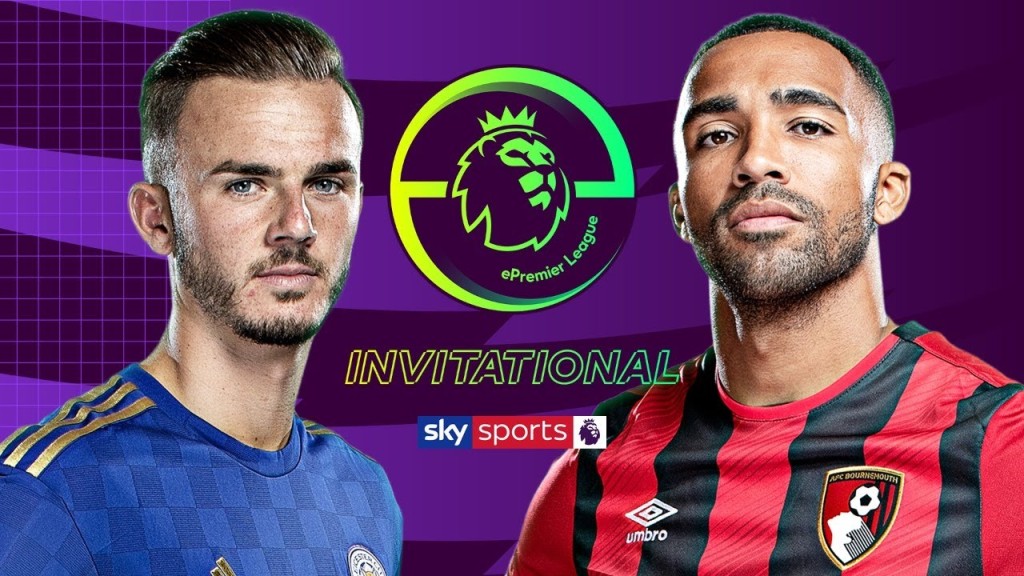
As it stands, we are in the middle of a pandemic that has changed the way in which media outlets, sporting organisations and fanatics, supporters and spectators experience professional sports at the elite level.
With no end in sight to these “unprecedented times”, it’s hard to predict the future of sport and the measures that will have to be put in place, short term and long term as a consequence of COVID-19.
Varying factors will inevitably come into play in terms of the decisions that will have to be made by the different governments, associations and organisations, and the vast number of parties with their hand in the sporting pots, have been and will bring about its different issues.
Agendas of different parties will bring about ethical, financial and medical dilemmas that ultimately have to be decided upon amongst themselves.
Broadcasters such as Sky Sports and BT Sport pay huge amounts of money to show live Premier League matches through their channels, however with the lack of live sport currently, viewing figures have taken a significant hit and therefore revenue.
As an alternative, such broadcasting companies have turned to nostalgic replays of memorable games, documentaries and season reviews.
New to the table, with the help of the internet, punditry has taken a different turn to accomodate for the air time usually occupied by live sporting action.
For example on Sky, pundits such as Gary neville and Jamie Carragher have been using webcam video calls to talk on past games, players, managers and experiences, being some nostalgia and insight to their careers, for the viewers.
With technology and the increasing popularity in video games such as FIFA and NBA2K, broadcasters have been introducing e-sports to their flagship sports channels to compensate for the live sport and are looking to use EA sports sounds to compensate for live games behind closed doors.
Professional Premier League footballers have been facing off head-to-head whilst representing their clubs on FIFA 20.

It could be argued that there has been a detachment between the elite level footballer and the every-day man, although perhaps the gap has drawn closer with the introduction of participatory and social media.
Nevertheless, with the coverage of professional footballers playing FIFA in their living rooms and reacting to the game in ways relatable to the viewers at home (screaming), it draws the audience closer to the players and their personalities off the pitch.
As for the commercial side of professional sports, sponsorship players a huge role for both sport clubs as well as for individual athletes, particularly with the advent of social media.
The globalisation of sports such as Soccer and Basketball, has created a worldwide platform through broadcast and digital media to bring in revenue from companies wanting to expose their product to a huge pool of viewers, listeners and followers.
Consequently the money involved in advertising through these digital streams has become enormous, and with that, there is a certain obligation to bow down to those commitments.
However, with the unforeseen circumstances that COVID-19 has brought upon everyone, these contractual obligations have come under review to try and come to amicable agreements for all parties involved.
Recently, in the English Premier League, Liverpool Football Club have been in the middle of a kit manufacturers war between their current suppliers New Balance and their new 2020/21 season signing, Nike.
An outcome was agreed amongst the parties involved that New Balance would continue as Liverpool’s kit supplier until the end of the 2020/21 season, and that Nike would take over the mantle as of August 1, 2020.
Another consideration, certainly the most important in the eyes of many, is the safety of the players, coaching staff, stadium staff, sports journalists and the fans during sports events.
Recently, the German football league, Bundesliga, was back in action in May, for the first time since February.
This time the league games continued behind closed doors, as every match for the foreseeable future will be played without the presence of the fans inside the ground.
For many clubs, the home support usually plays a huge role in the advantages of playing games in their own stadium.
Clubs such as BVB Dortmund known for their “yellow wall” of fans, were once an advantageous component of playing at home for Die Schwartzgelben, but safety has overruled.
In England, the Premier League has set a return date for June 17.
Players are regularly tested for COVID-19, and there are still some positive results amongst Premier League sides.
Chelsea midfielder, N’golo Kante and Watford striker, Troy Deeney have been vocal in their concerns to return to training and put themselves and their families at risk with the national numbers in cases still high in comparison to most of the world.
The two have told their respective teams that they will not be attending training. Decisions that have been accepted by their respective clubs.
In the US, to try and combat COVID-19 the NBA have been toying with the idea of hosting their games behind closed doors with a difference. Disneyland.
Although the atmosphere of a live crowd plays a huge part in the spectacle, through digital media and the accessibility we now have to watch elite level sport in the western world, as sport associations look to continue to find new ways to bring sport entertainment into our homes as soon as possible.